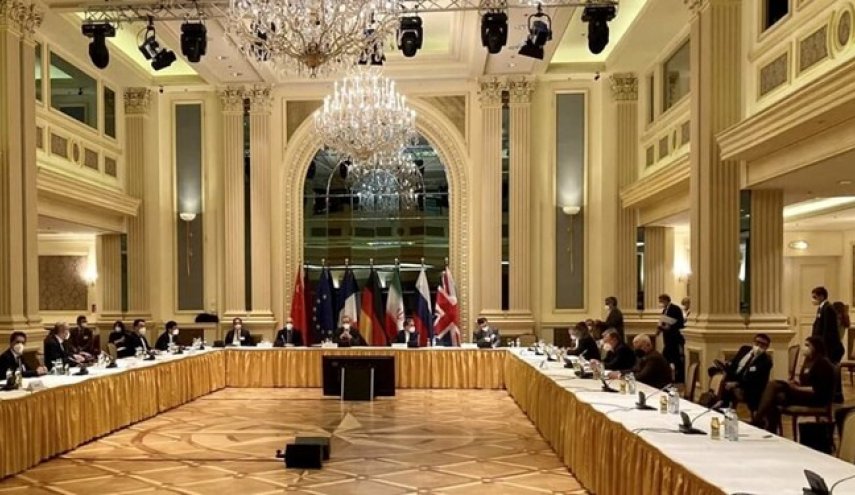Two economists examined the situation in the real estate and foreign exchange markets if the United States returned to Borjam and said: “With the return of the United States to Borjam, prices in the foreign exchange and housing markets will stabilize.”
According to ISNA, Behrouz Maleki said in the online conference “The effect of the possible return of the United States to Borjam on the financial markets” about the housing market: Direct employment is also in the field of housing.
He said that the share of the private sector in investing in housing is equal to 98% and the value of housing stock is 10 times the total liquidity of the country, he added: The increase in exchange rates and stock market developments have been the cause. Also, housing is projected to account for a larger share of household expenditures than in recent years.
Annual need for 800,000 housing units per year
The housing market expert continued: The total housing demand in the country is equal to 800,000 units annually. If the United States returns to Borjam, if we can return to the conditions of 1394 or 1695, which is very optimistic, the housing market will face demand.
“The housing market will continue to grow in price for three years in a row,” Maliki said, noting that the main impact of housing will be on the dollar. In 1398 and 1399, housing prices have reached saturation and have grown abnormally.
The condition for successful tax collection from vacant homes
He stressed: “We must wait for the period of housing price stability for the next two years, which if the agreement between Iran and the United States is achieved, we can hope for this price stability in housing.”
Maleki continued: The main adjustment of prices in housing is erosive and time consuming. Success in taxing vacant homes depends on the performance of the real estate system, which I do not have much hope for.
Stability in the foreign exchange market after the return of the United States to Borjam
Continuing the meeting, Majid Shakeri said about the foreign exchange market: “The exchange rate outlook depends on the central bank’s access to its foreign exchange resources.” In the initial period of the US return to Borjam, the demand in the market increases, which reduces the exchange rate of the dollar, but this reduction does not reach 15 thousand tomans.
He added: “After the initial period of the agreement, prices will decrease in the foreign exchange market, but long-term stability in this reduction will depend on the country’s economic policies such as changes in other rates such as nominal interest rates.”
